Complete the following reaction
KClelectric current−−−−−−−−→
To complete the reaction of KCl when electric current is passed through it, we follow these steps:
1. Identify the Substance: We start with potassium chloride (KCl).
2. Understand Electrolysis: When electric current is passed through KCl, we are performing a process called electrolysis. Electrolysis involves breaking down a compound into its constituent ions using electric current.
3. State of KCl: For electrolysis to occur, KCl must be in a molten state (liquid). This allows the ions to move freely.
4. Breakdown of KCl: When KCl is molten and electric current is passed through it, it dissociates into its constituent ions:
- Potassium ions (K⁺)
- Chloride ions (Cl⁻)
5. Products of Electrolysis: During electrolysis:
- At the cathode (negative electrode), K⁺ ions gain electrons and are reduced to form potassium metal (K).
- At the anode (positive electrode), Cl⁻ ions lose electrons and are oxidized to form chlorine gas (Cl₂).
6. Complete Reaction: Therefore, the complete reaction can be represented as:
2KCl (l)electric current→2K (s)+Cl2(g)
Final Answer:
The complete reaction is:
2KCl (l)electric current→2K (s)+Cl2(g)
- Potassium ions (K⁺)
- Chloride ions (Cl⁻)
- At the cathode (negative electrode), K⁺ ions gain electrons and are reduced to form potassium metal (K).
- At the anode (positive electrode), Cl⁻ ions lose electrons and are oxidized to form chlorine gas (Cl₂).
2KCl (l)electric current→2K (s)+Cl2(g)
The complete reaction is:
2KCl (l)electric current→2K (s)+Cl2(g)
Similar Questions
Complete the following reactions
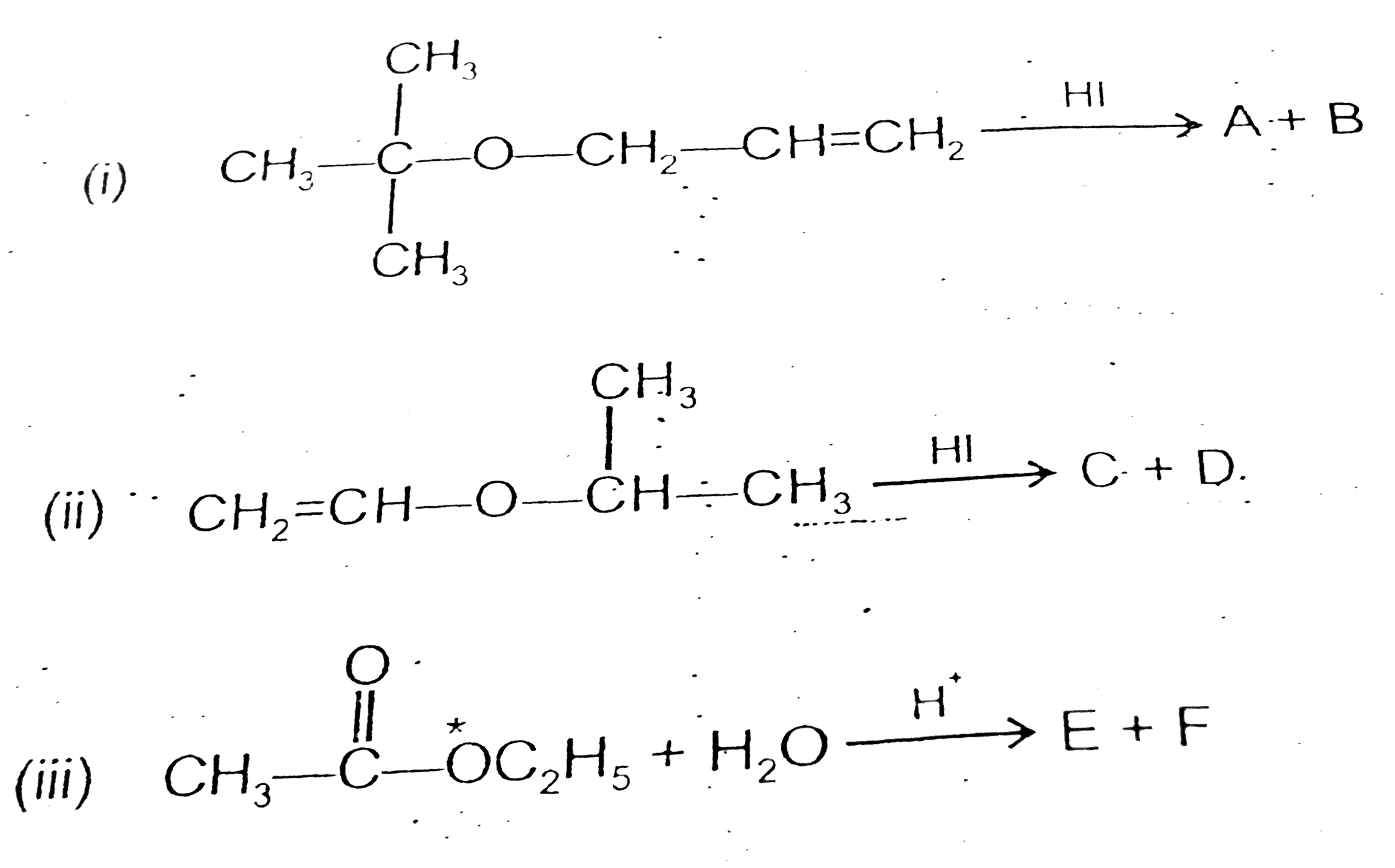 View Solution
View SolutionComplete the following reactions
 View Solution
View SolutionComplete the following reactions :
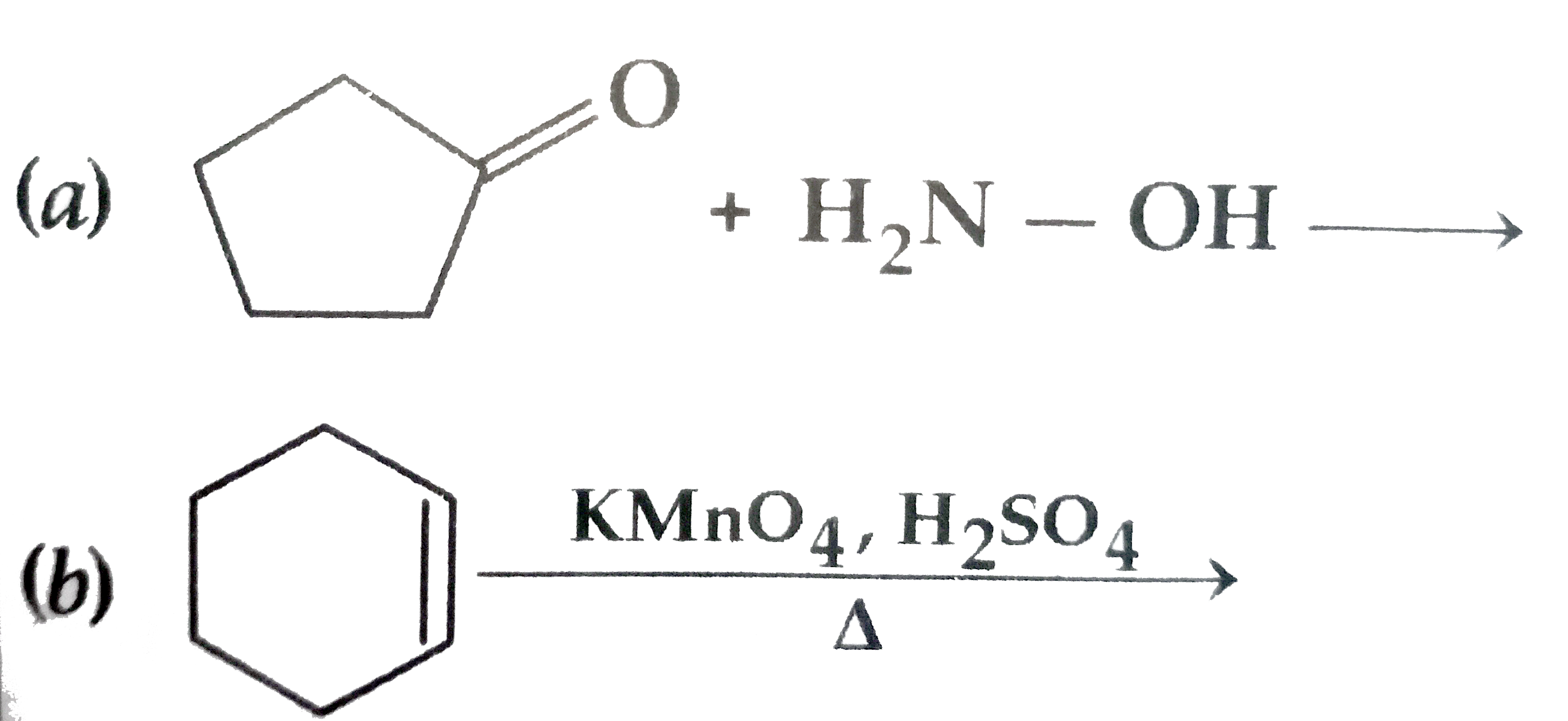
 View Solution
View SolutionComplete the following reactions :
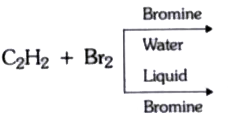 View Solution
View SolutionComplete the following reactions:
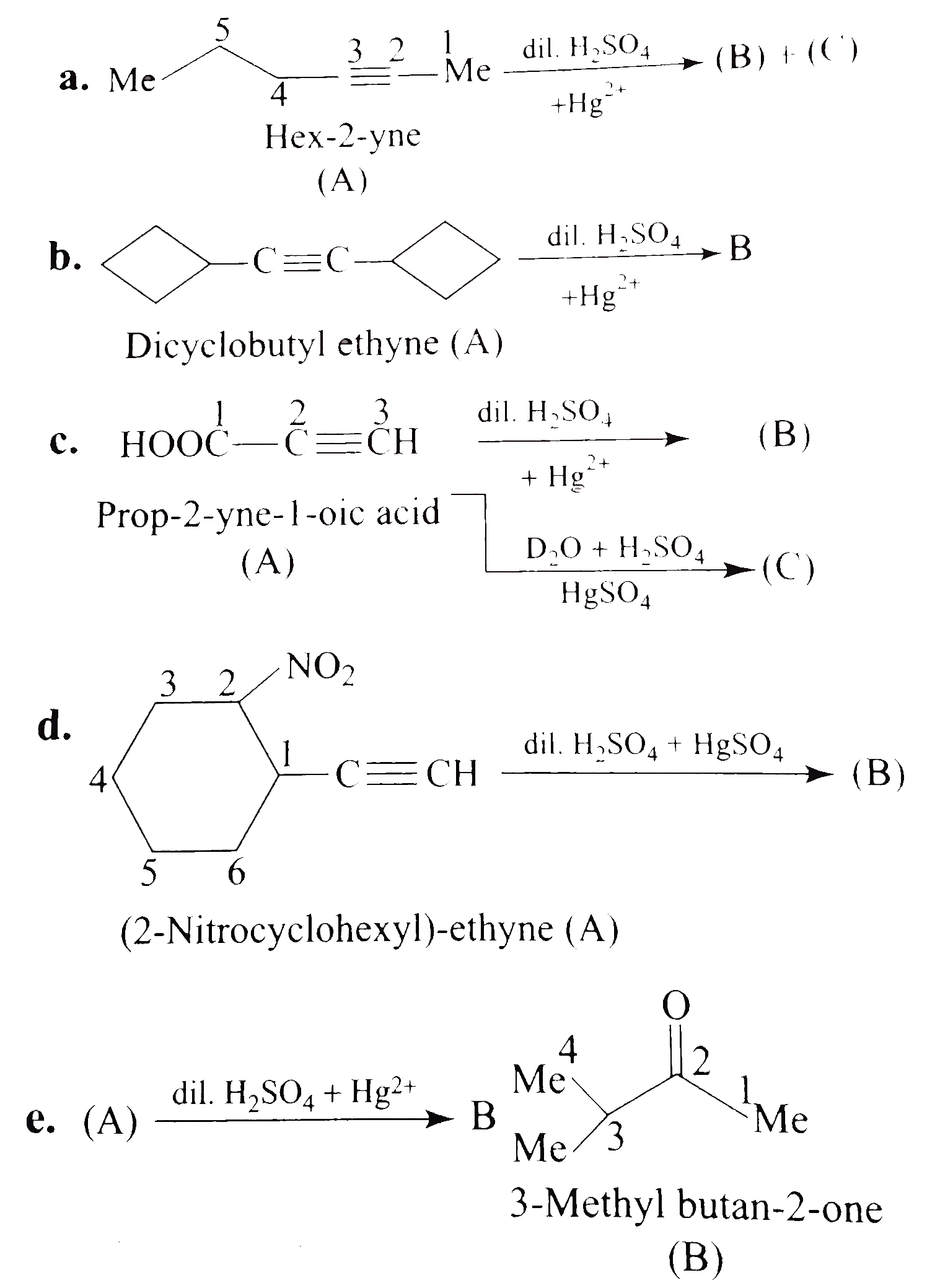
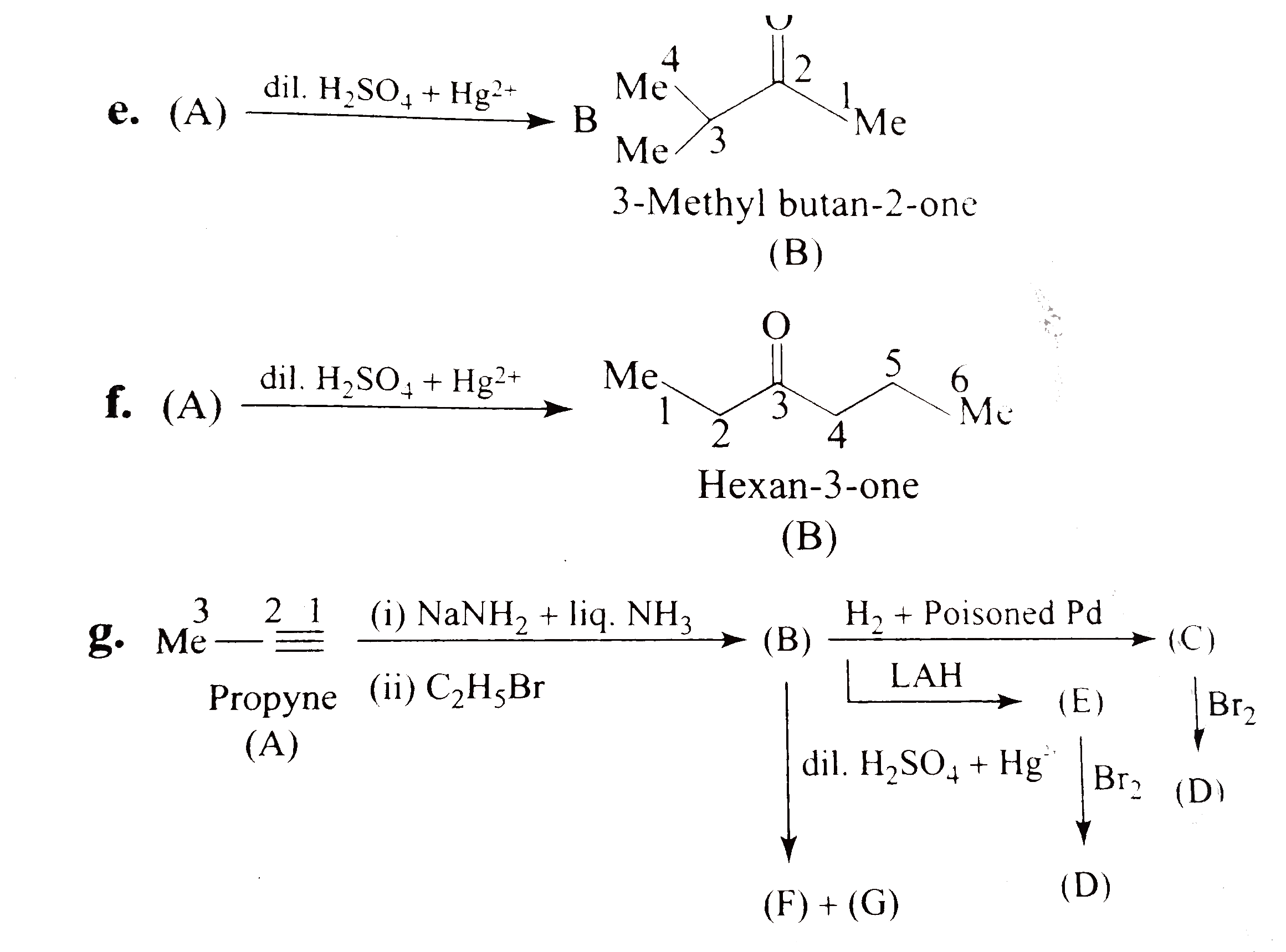 View Solution
View SolutionComplete the following reactions:
_S01_416_Q01.png)
_S01_416_Q02.png) View Solution
View SolutionComplete the following reactions:
 View Solution
View SolutionComplete the following reactions:
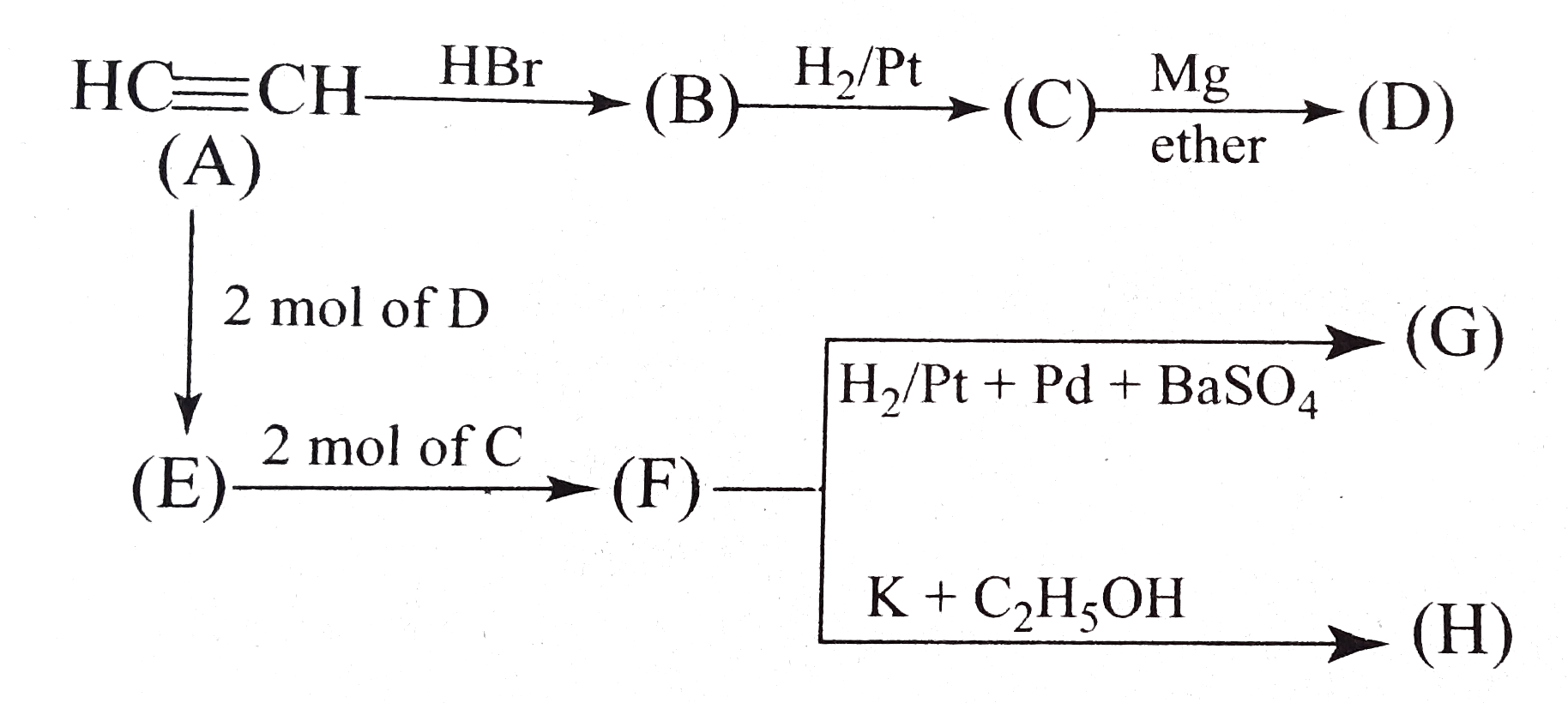 View Solution
View SolutionComplete the following reactions:
View SolutionComplete the following reactions:
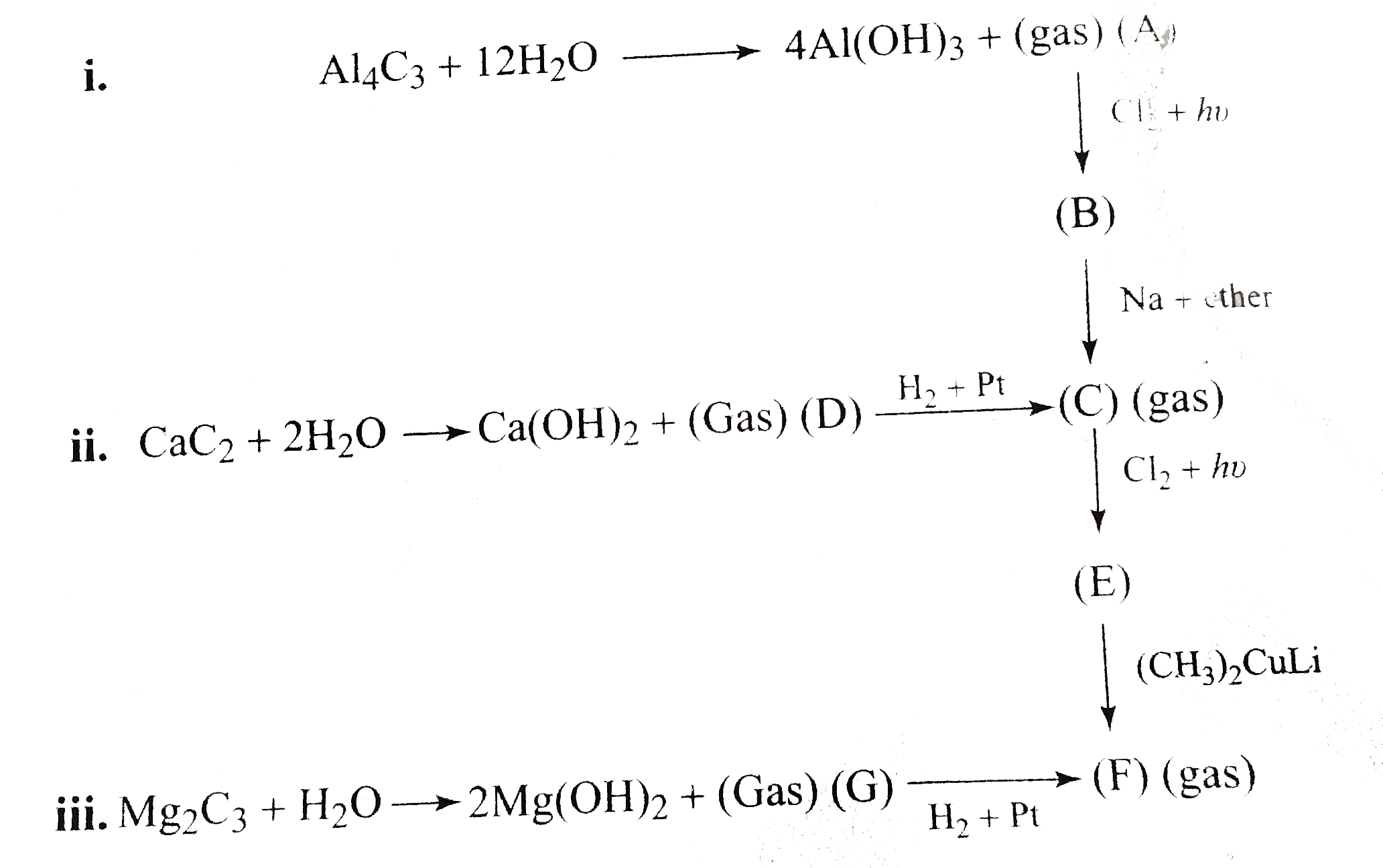 View Solution
View Solution

